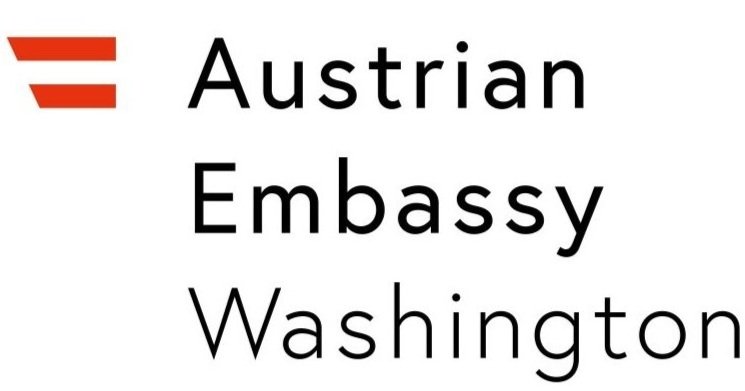Parliamentary Elections
Institutional Context & Legal Foundations
Austria has a bicameral parliament, of which the National Council (Nationalrat) is the lower chamber elected by the public; the upper chamber (Federal Council, Bundesrat) is not directly elected in the same way.
National Council elections are governed by constitutional and statutory rules, including the Federal Constitutional Law and the National Council Election Regulation.
The electoral principles enshrined include universal, equal, direct, secret, proportional, and personal voting.
Basic Structure of the Electoral System
Austria uses proportional representation with open/semi-open party lists.
The election of the 183 members (as of recent terms) is done in a three-tier system (regional, state [Land], and federal level) to reconcile local proportionality with national proportionality.
At the regional (district) level, seats are distributed using the Hare quota.
Unallocated votes and seats move upward to the state (Land) level for further adjustments.
Finally, remaining seats are allocated at the federal level, often using the D’Hondt method, to ensure the overall proportionality between national vote shares and seat shares.
Parties must meet an electoral threshold: either win at least one seat directly in a regional constituency (a “Grundmandat”) or pass the 4 % national threshold to gain representation in the National Council.
Preference votes (i.e. voters indicating a specific candidate within a party list) may allow certain candidates to advance higher on the list, though in practice the party-determined ranking remains highly influential.
Recent Reforms & Administrative Innovations
In 2007, reforms lowered the minimum voting age (active and passive) and introduced postal voting (absentee ballots).
More recently, the 2023 Electoral Legislation Amendment Act (Wahlrechtsänderungsgesetz 2023) expanded e-government features, strengthened the Central Electoral Register (Zentrales Wählerregister), improved accessibility for persons with disabilities, enhanced tracking of voting cards, and reformed how mail ballots are handled.
Under the 2023 reform (in effect from 1 January 2024), voters can check online their registration in the electoral roll, and more votes are counted on election day, reducing the load of post-election counting of absentee ballots.
Polling stations now must ensure at least some booths are accessible; by 2028 all must be barrier-free.
Political & Electoral Effects
The reforms over time have aimed at balancing proportional representation (to reflect the diversity of parties) with practical thresholds (to avoid excessive fragmentation).
Despite reforms (e.g. lowering the voting age, postal voting), Austria has faced challenges with voter abstention, especially among younger voters.
The system tends to produce coalition governments, due to the multiplicity of parties in parliament.
